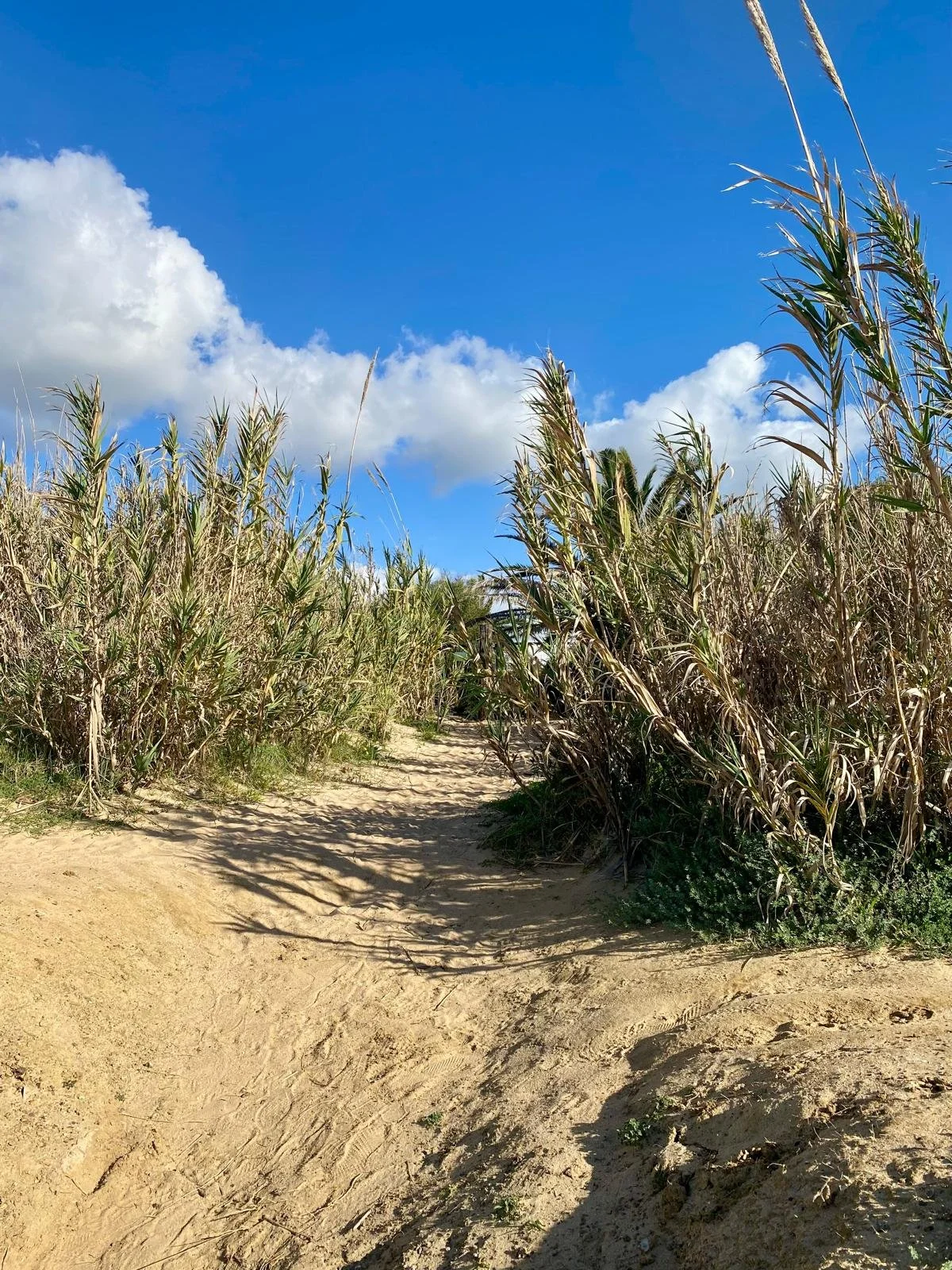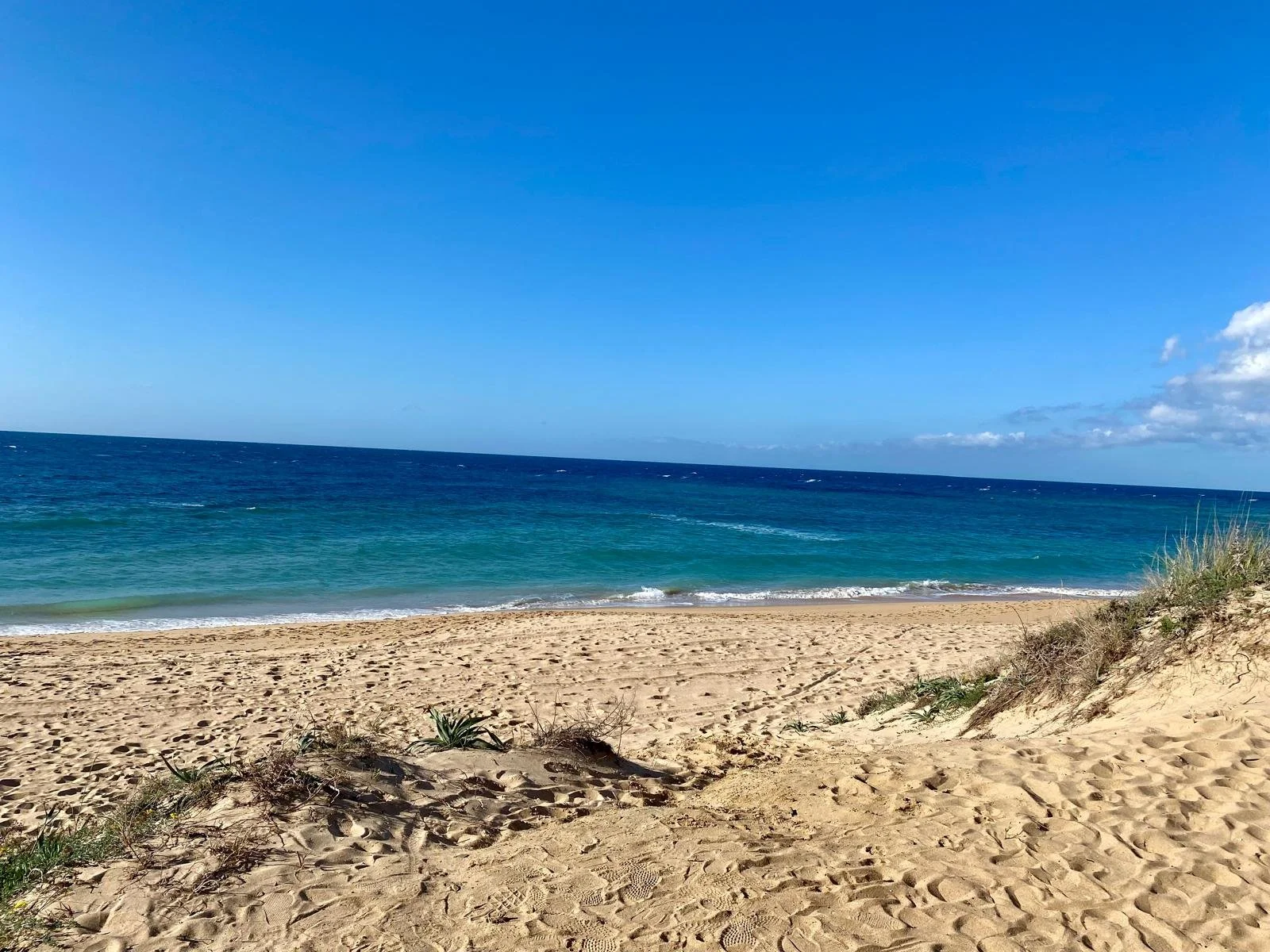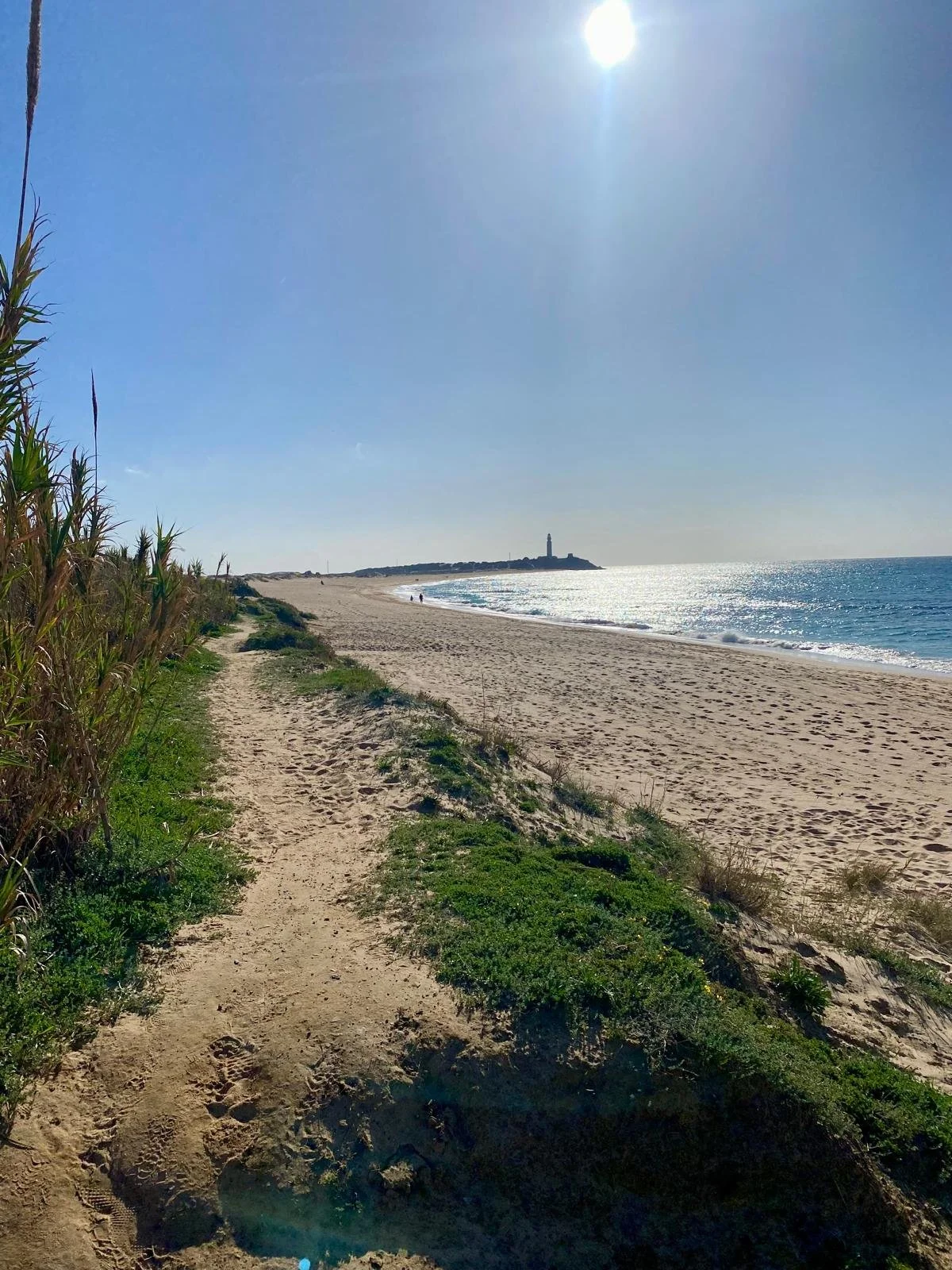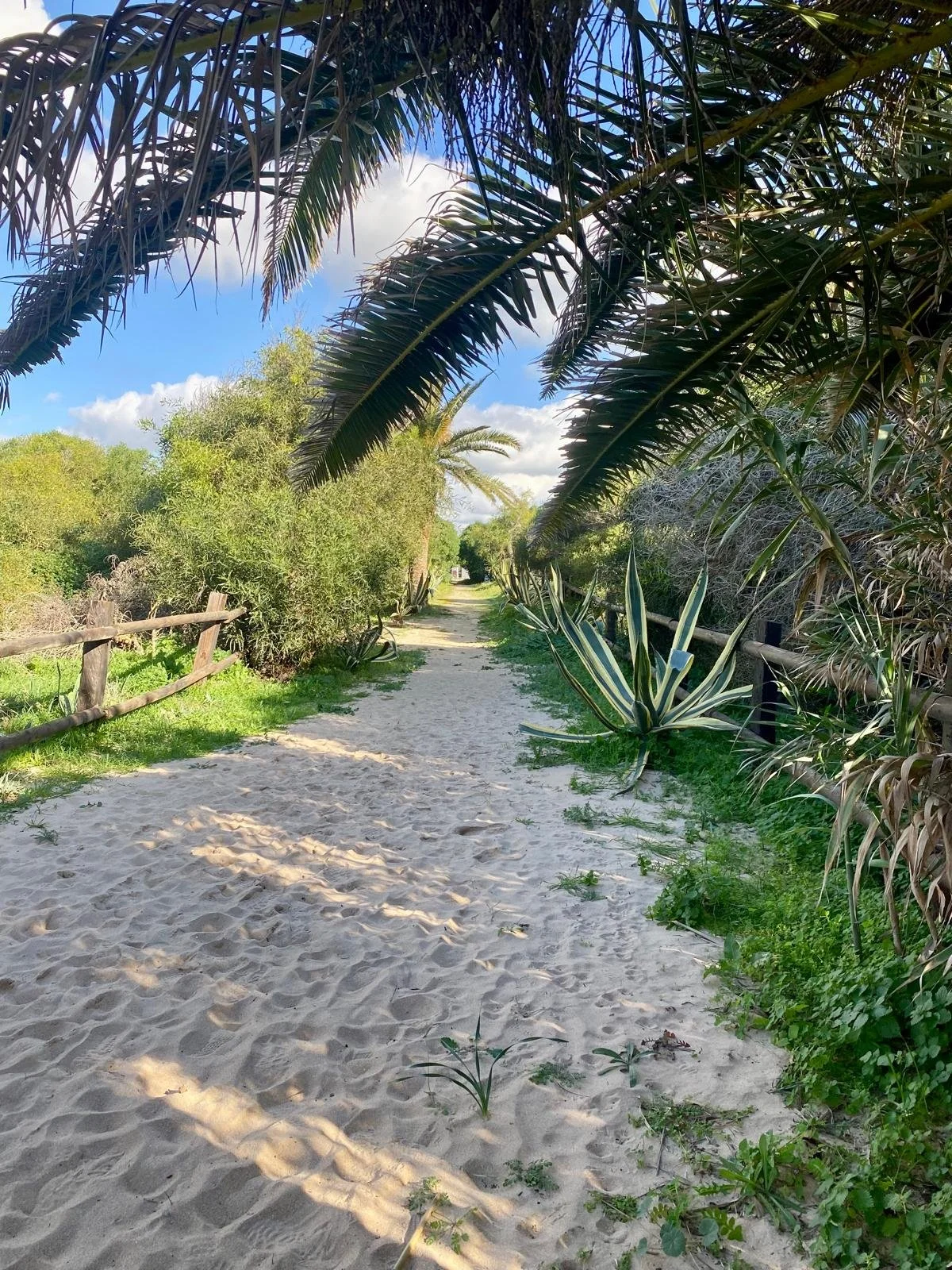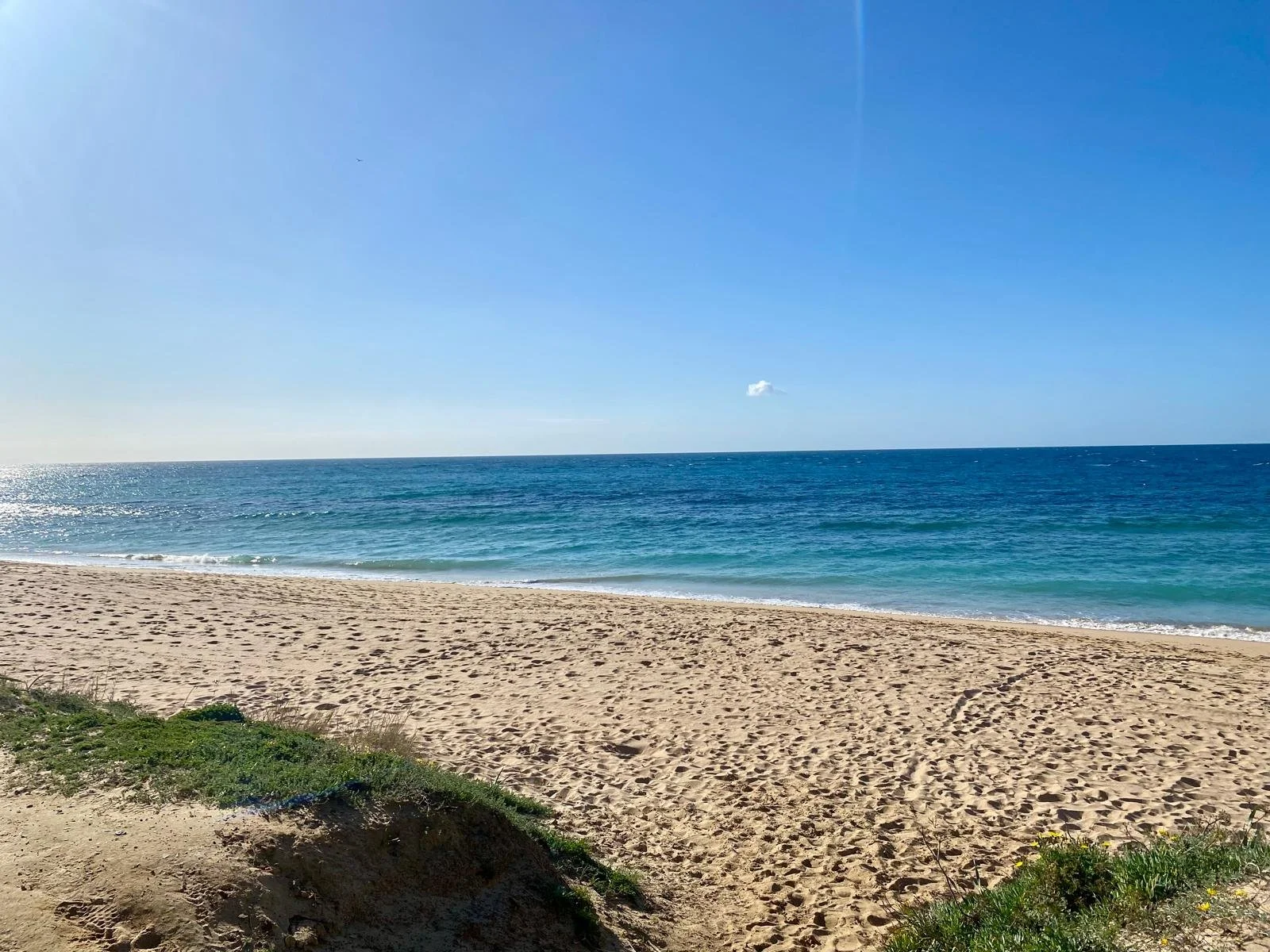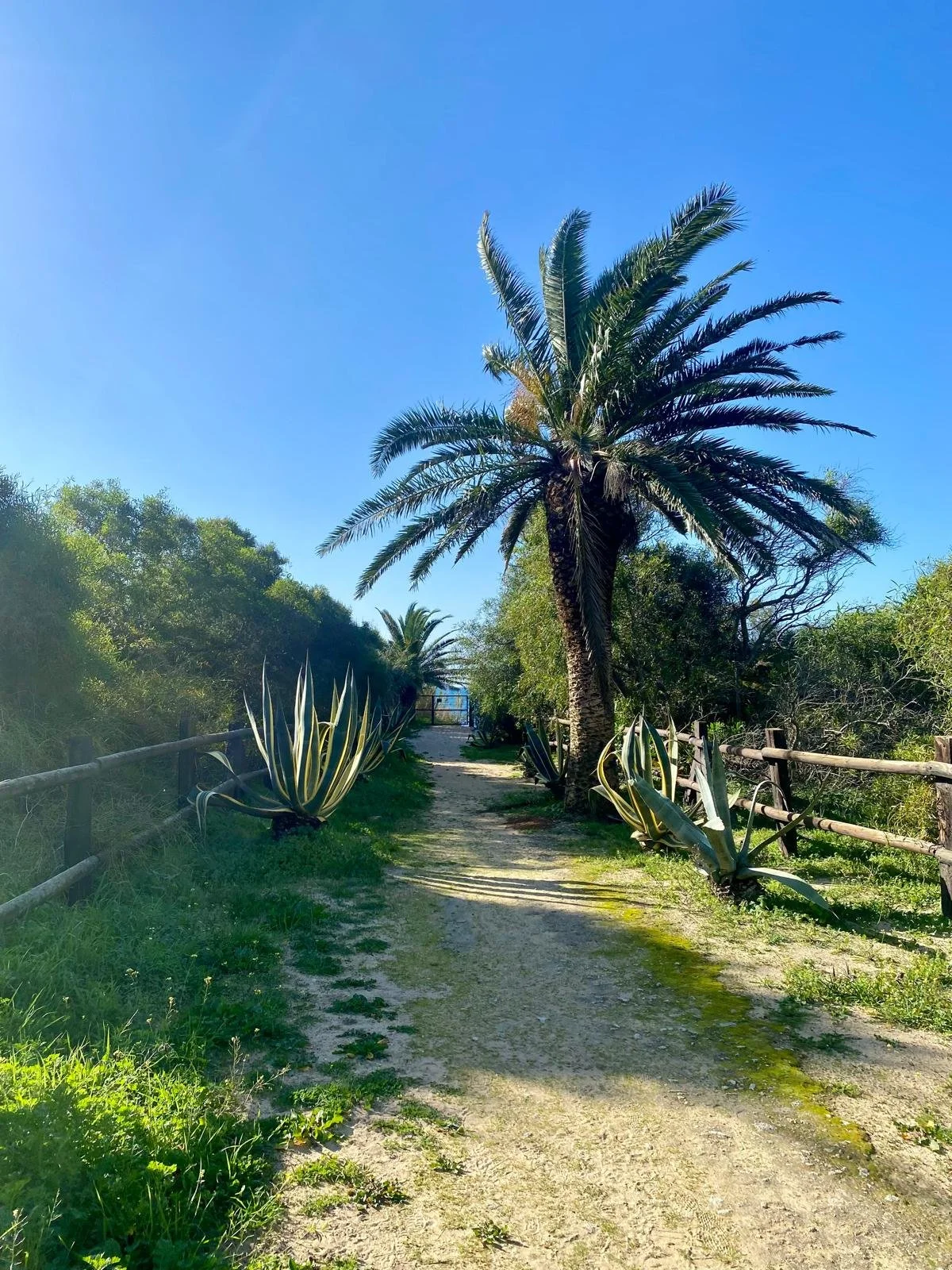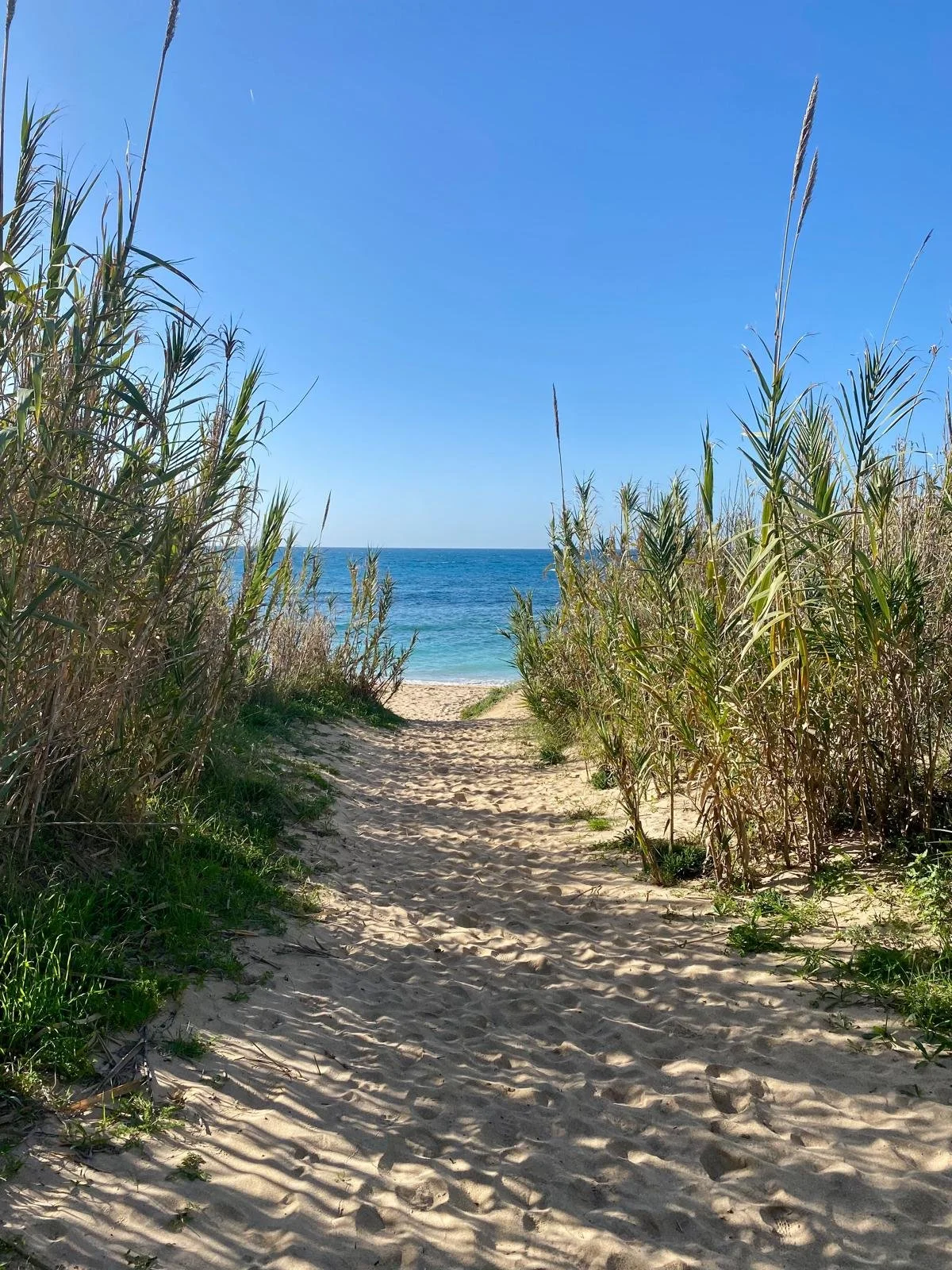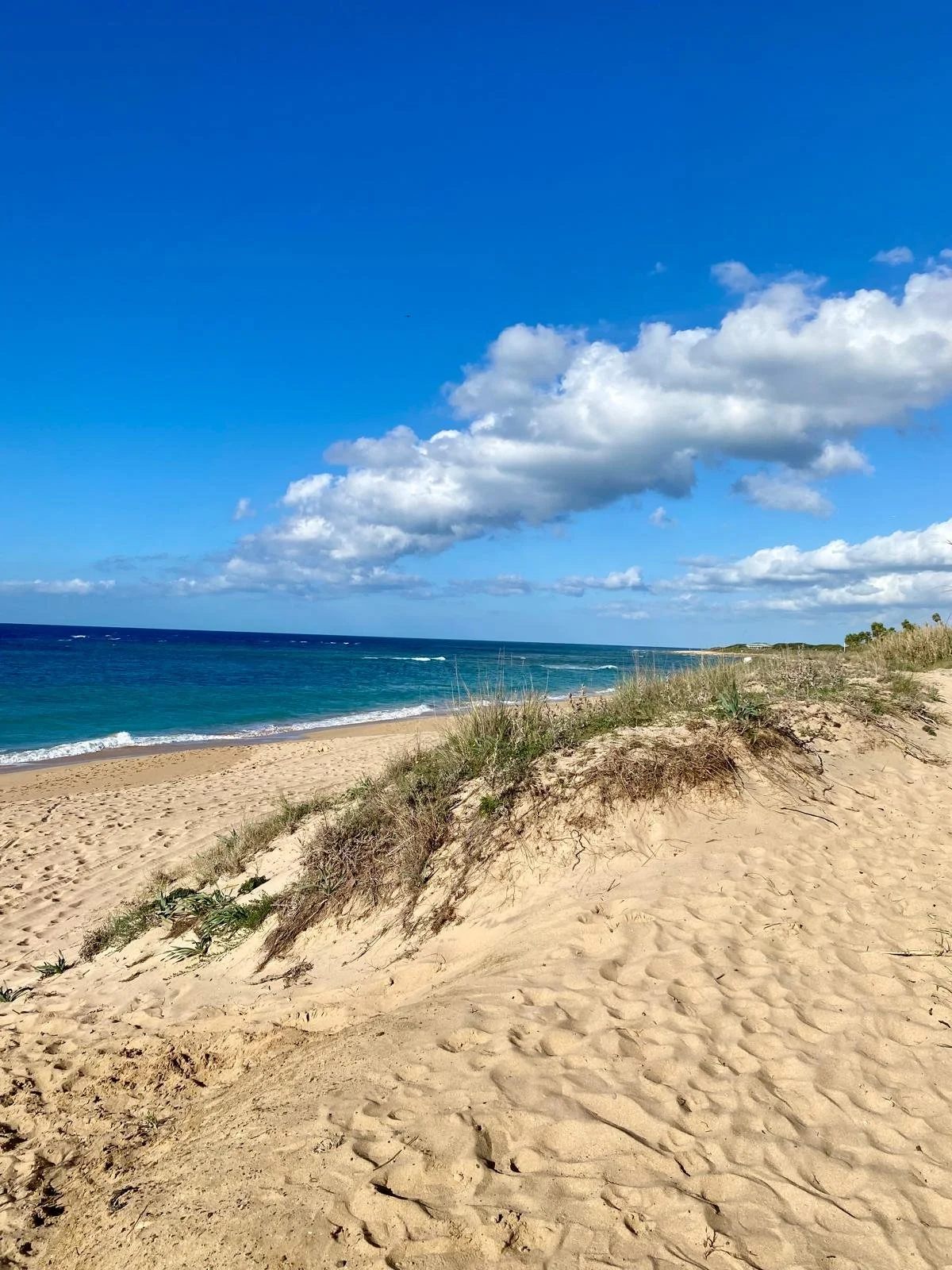
CAÑOS DE MECA
A THRESHOLD WHERE MYTH, MEMORY AND THE DIVINE INTERWINE
Caños de Meca is not a destination but a frequency, an ancient vibration threaded through sea, salt and air, whispered by cliffs that have watched millennia unfold. Here, the veil between worlds is fragile, porous; a single breath can place you simultaneously in the present and in an age long vanished.
To walk its shores is to enter a philosophical field where the visible dissolves into the invisible, and the human spirit remembers its origin.The Atlantic Coast: The Line Where Humanity Faces the Infinite.
The Name: Springs of a Hidden Pilgrimage
The name Caños de Meca carries both history and mystery. The caños, freshwater springs emerging from the cliffs have been known for centuries as sources of purity, born from aquifers that filter water through sandstone and time. During the Muslim era of Al-Andalus, these springs were renowned, and the place became metaphorically tied to “Meca”. Mecca as if these waters were a local pilgrimage of purity and renewal.
In medieval Arabic usage, evoking Mecca could signify a site of special purity or pilgrimage-like value. Thus, the name binds the earthly (springs, stone, water) with the sacred (Meca), symbolizing Caños not just as a geographic location but as a kind of holy emergence, a natural sanctuary. Philosophically, the name itself expresses an ancient truth: what is sacred often lies beneath the surface, waiting to rise into awareness.
The Atlantic: Mirror of Lost Civilizations
Historically, the Phoenicians sailed along this coastline around 900–700 BCE following the stars and their intuition, establishing trade routes and sacred coastal stations from Gadir (Cádiz) to Cape Trafalgar. They revered this western horizon as the realm of Melqart (Phoenician god of the city of Tyre), a god linked to cycles of death and rebirth. Ancient authors, Herodotus, Strabo, Pliny, record that Phoenician sailors read the Atlantic as a map of signs and transformations.
Mythic interpretation: Later esoteric thinkers drew parallels between these coasts and Plato’s Atlantis myth. Although Atlantis has no proven location, the symbolic connection persists: the idea of a great civilization swallowed by the Atlantic mirrors the way the sea here hides ancient shipwrecks, submerged Phoenician anchor stones, and seafaring routes that shaped early Mediterranean identity. In Caños de Meca, the waves feel like pages of an unwritten scripture, revealing, erasing, rewriting.
The Roman mariners, too, sought wisdom here, naming the surrounding coast Finis Terrae “the end of the known world” as if Caños de Meca were the last frontier between the human and the infinite. Even now, when you wade through the crystalline shallows, the water folds around your legs like a robe of initiation. It invites you inward, deeper, into the mythic self that remembers you are not separate from the tides that shaped the continents.
The Beaches: Cliffs, Fossils, and the Subterranean Pulse
The cliffs of Los Castillejos hold real geological strata millions of years old. These layers formed when the region was submerged under the ancient Tethys Sea, long before human presence. The waterfalls that give Caños de Meca its name originate from the aquifers beneath La Breña Nature Park, a protected natural park whose groundwater flows through porous sandstone, carrying minerals and the memory of centuries of rainfall.
The groundwater becomes the “underworld river”, the hidden counterpart to the visible ocean. Hermetic philosophy teaches, “As above, so below” and here, one feels this principle made physical. The sea reflects the sky; the groundwater reflects the sea; the cliffs reflect deep time; and the human mind reflects all of it.
Trafalgar: The Cape Where Winds Speak and History Echoes
The Battle of Trafalgar, on 21 October 1805, carved its mark in the history of Europe. But long before cannon fire shook the waters, the promontory of Trafalgar was already legendary. The name comes from Taraf al-Ghar, “Cape of the West” a symbolic frontier where the known world gave way to the cosmic ocean. Medieval geographers linked this place to the Pillars of Hercules, described by Strabo and Pliny as the western gates of the Mediterranean.
In Hermetic tradition, the Pillars represent the boundary between the realm of ordinary perception and the realm of divine understanding. Trafalgar thus becomes a philosophical symbol of passing this cape is to cross into the deeper mysteries.
Legends whisper of a lost Phoenician shrine to Melqart or Baal once standing near the headland, a holy place facing the sunset, where offerings were made to the dying sun. Though no remains have been found, the myth persists because such sanctuaries were common on edges of the known world.
And when sailors saw the “fire of Saint Elmo”, the blue flames flickering atop masts before storms, they recorded it with awe. Science tells us these were electrical discharges. But the esoteric mind sees them as luminous guardians, messengers of the air element, signs that the veil between worlds had thinned.
Breña Forest and the Inland Fields: Libraries of Forgotten Knowledge
Historically, the pine forests of La Breña were shaped during the Enlightenment and early modern periods to stabilize dunes and supply wood for Cádiz’s shipbuilding. Beneath their roots lies the aquifer system that nourishes Caños, a hidden reservoir of life.
Mythically, pine groves in ancient Mediterranean rites symbolized transformation, ecstasy, and eternal life. In Greek and Roman cults, they were associated with Dionysus, Attis, and nature spirits who embodied cycles of death and rebirth. The forests of La Breña feel like a temple woven by wind, a place where you are not walking among trees but among ancient guardians of wisdom.
The fields of Zahora, cultivated since the Phoenician and Roman eras, carry a softer, romantic energy, one of fertility, longing, and cosmic rhythm. At night, under the same constellations that guided Phoenician navigators, the fields shimmer with an almost Atlantean tranquility, as if time itself pauses to inhale.
The Esoteric Landscape of Caños de Meca
Seen through the Hermetic eye, Caños de Meca becomes an alchemical landscape:
• The sea is the prima materia, the cosmic womb.
• The sunset at Trafalgar is the fire of transmutation.
• The groundwater is the hidden vessel, the subconscious.
• The wind is spiritus, the breath of the world.
• The cliffs are the earth’s tablets, inscribed with memory.
• The forests are the mind’s sanctuary.
• The fields are the heart’s openness.
Historically precise, yet mythically alive, Caños de Meca unfolds as a place where the human soul meets the deep past and the eternal present. It is a place of romance, where sea and wind feel like ancient lovers, and a place of mysticism, where the world seems to reveal its inner architecture.
To stand in Caños is to feel time breathing. To listen is to hear your own origins. And to love this land is to remember that the mythic is not elsewhere, it is simply the world perceived with awakened eyes.


